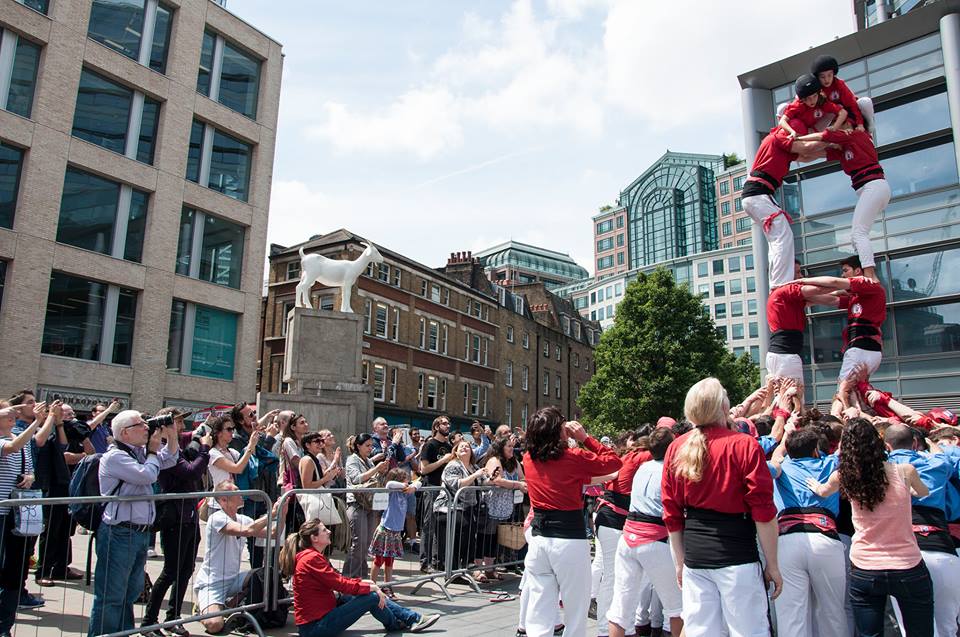06.06.2019 - 13:49
|
Actualització: 06.06.2019 - 15:49
Human towers are a unique and very popular Catalan tradition that leaves no one indifferent. The phenomenon dates back to the beginning of the 19th century and has been kept alive since then, with periods of boom and others of decline. Over the last few decades it has consolidated and spread to such a degree that it has crossed the borders of Catalonia, with the creation of groups in such places as Paris, Copenhaguen, Madrid and Berlin, and even in Chile and China.
This is one of the reasons why the Danish capital will host the 3rd edition of the International Human Towers Festival on Saturday at the Kongens Have park. Six teams (colles in Catalan) will participate: the local Xiquets Copenhagen, Castellers de Paris, Castellers of London, Castellers de Berlín, Castellers d’Andorra and Colla Castellera d’Edinburgh. This marks a significant increase in size from the 1st festival in London (2016) and the 2nd one in Paris (2017).
Some of the colles will build 6-level (person) structures and the team from Andorra has even achieved 7 levels in the past. This is far form the 10 levels of the top teams in Catalonia, but a big achievement if we take into account the lack of tradition and comparably low number of people who practice abroad.
Human towers were recognised by UNESCO as a Masterpiece of the Oral and Intangible Heritage of Humanity in 2010.



